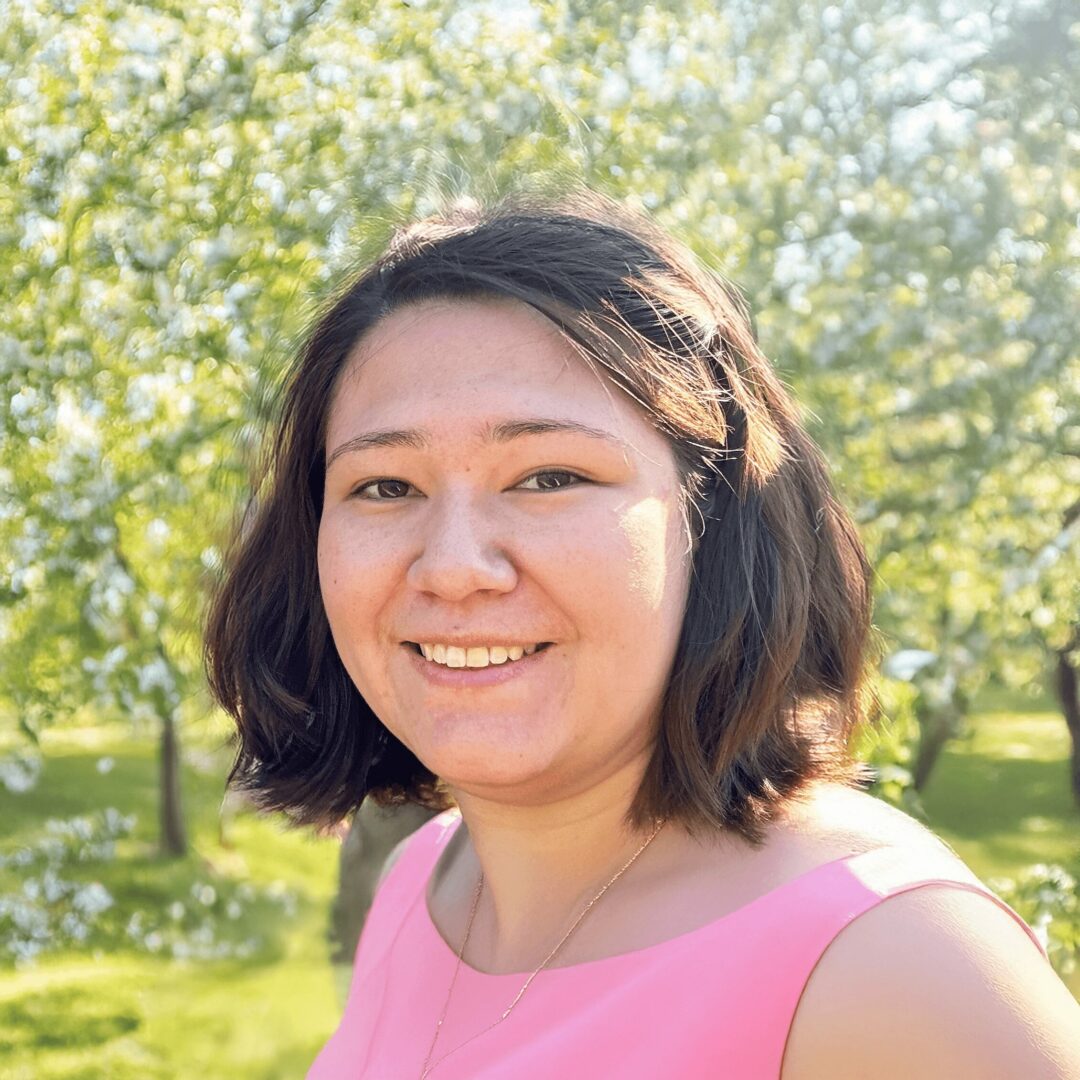We recently connected with Jaici Shiemke and have shared our conversation below.
Jaici , so good to have you with us today. We’ve always been impressed with folks who have a very clear sense of purpose and so maybe we can jump right in and talk about how you found your purpose?
It wasn’t until college that I had ever taken an art class. I’m from a rural area of Michigan, and when our art teacher retired, they didn’t have the funds to replace him. So in high school, I taught myself how to draw realism in pencil using photo references. Throughout school, I had always been known as the artsy kid. I helped other students with art projects, and I had won art contests as early as 11 years old. I loved the recognition I got with my art, and I knew it was what I wanted to do for my career from a young age.
In the fall of 2013, I went to college for Art & Design at Northern Michigan University. I declared myself a graphic design major (even though I had never tried it before). After taking classes in graphic design, and even getting an on-campus job for it, I felt like it was a good fit. I was at the top of my class, I really liked it, and I could see myself with a stable job in it after college.
Throughout college, I also took courses in painting, printmaking, 3d modeling, photography, illustration, and drawing. I made pretty good work in all these classes, but it took me years to realize this was kind-of a bad thing. I always focused on the outcome, but not about how much I liked the process. I was okay with the processes, but it really did feel like work. I lingered toward graphic design and painting because these seemed to come a little easier to me. Still, I’d get frustrated not being able to come up with ideas, and I would stay up all night (too many times) perfecting pieces for class. It never occurred to me that it was because I never found flow in my work.
Fast forward 6 years, and I finally found it in ceramics. There’s something about it that just clicks and feels natural to me. Though I’d spend hours in the studio, the time would just fly by (and that’s what defines flow). It’s hard to describe, but I can see unlimited potential in it. I’m obsessed with making more work and learning as much as I can about the medium. Interestingly, in college I had a friend recommend I try a ceramics class. I didn’t because it was so far from I was doing at the time, and I didn’t think I’d have any good ideas. Now I know it’s important to get hands-on experience to truly see what something is like.
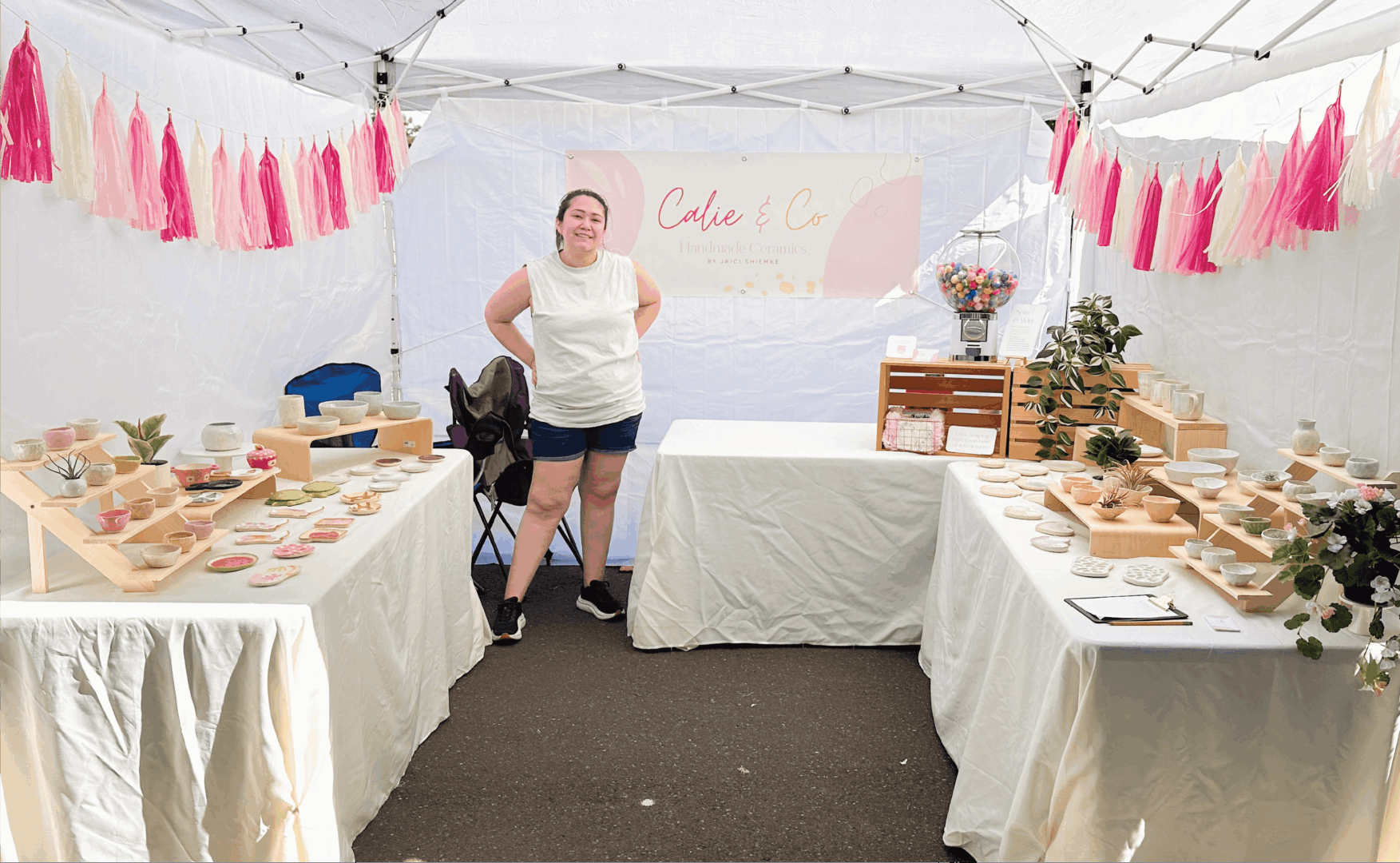
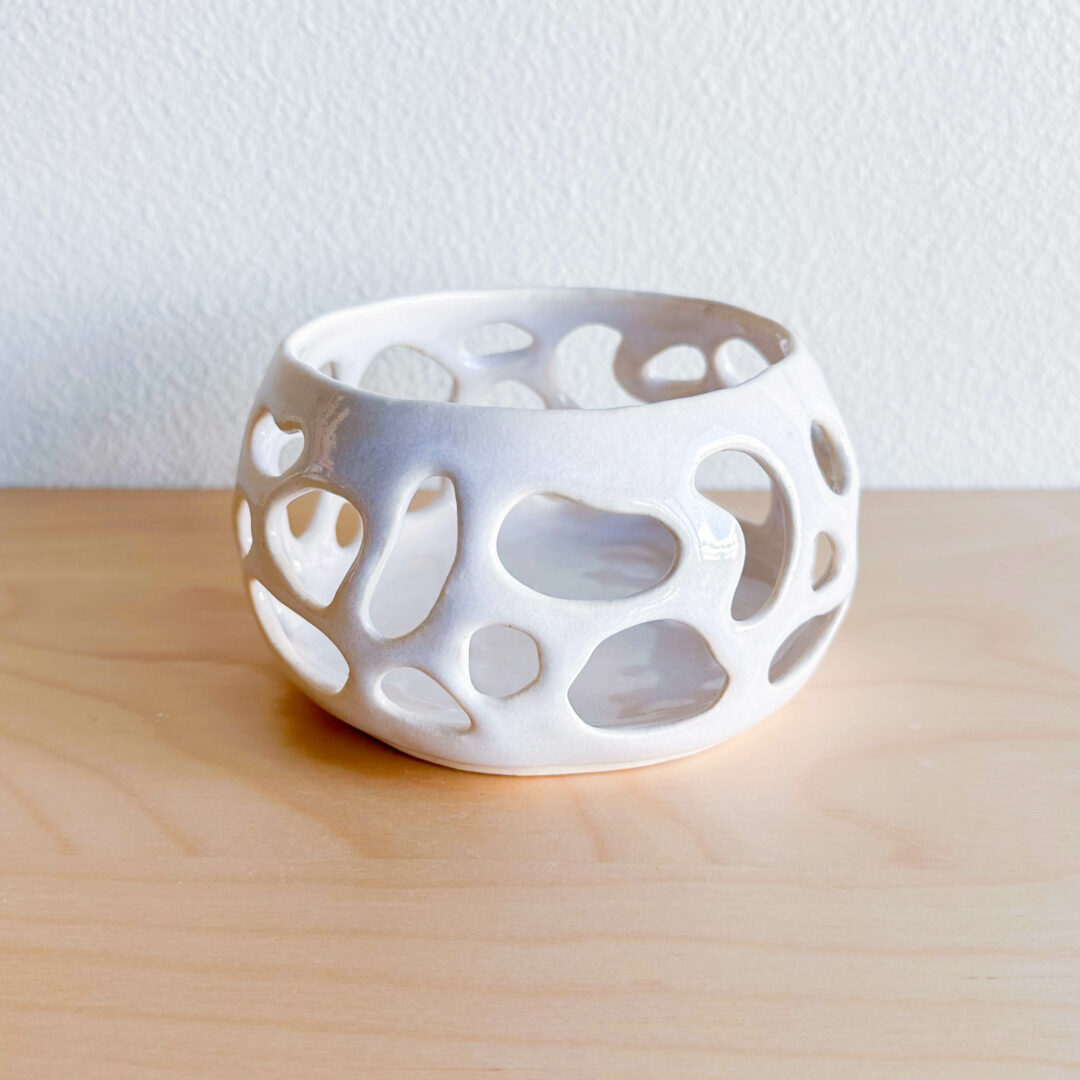
Thanks for sharing that. So, before we get any further into our conversation, can you tell our readers a bit about yourself and what you’re working on?
Currently, I’m based in Portland, Oregon. I work full-time as a graphic designer, and part-time on my small ceramic business, Calie & Co. I started my handmade business in 2016, under the name Yes Hello It’s Me Designs. I created it initially to sell the large amount of art & design work I made in college. Over the years, I tailored more of my work to fit my brand. I started making ceramics in 2018, but it wasn’t until 2023 that I created a home studio space and decided to focus on it for my business.
I hand build and wheel throw pieces in my one-bedroom apartment, and I have them fired in a kiln at a local studio. I lean toward functional work, but also some home decor and jewelry. I think of my pieces as more for the everyday person, as opposed to fine art for a gallery or collector. I’m particularly fond of using underglazes to “paint” pieces and experimenting with glaze applications/combinations.
I’m still honing my brand and style, but generally, my pieces are very cute, colorful, & whimsical. Since I was a kid, I would buy weird things like a “wallet” that looked like a peanut butter and jelly sandwich or bandages that looked like bacon. I still buy things like this and it’s where I draw inspiration in my underglaze work.
In some ways, moving to a new city and rebranding make me feel like I’m starting over. I’d like to build my inventory and product lines so I have more to bring to art markets. While I do sell on online marketplaces, I would love to get my work into local stores, selling on consignment or wholesale.
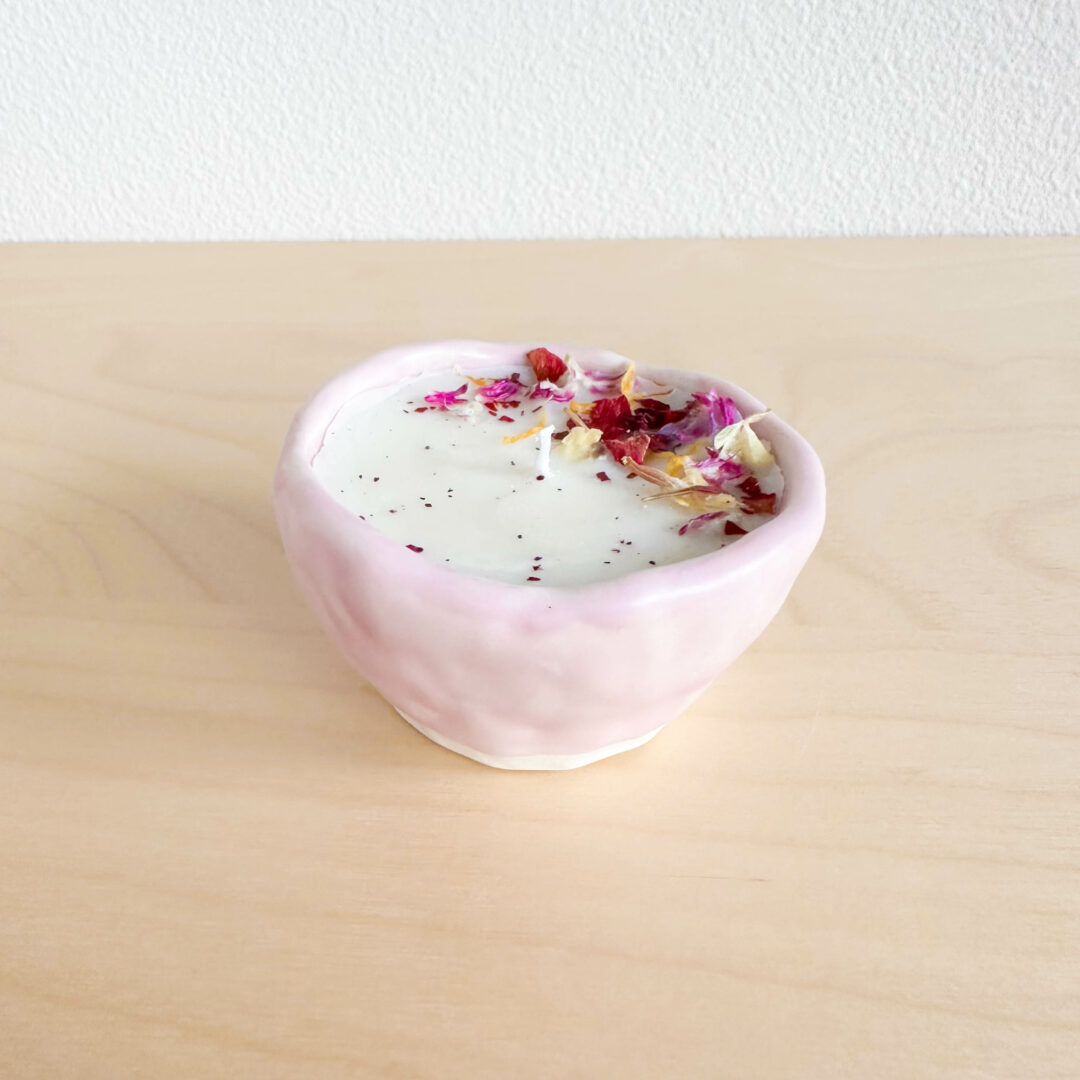
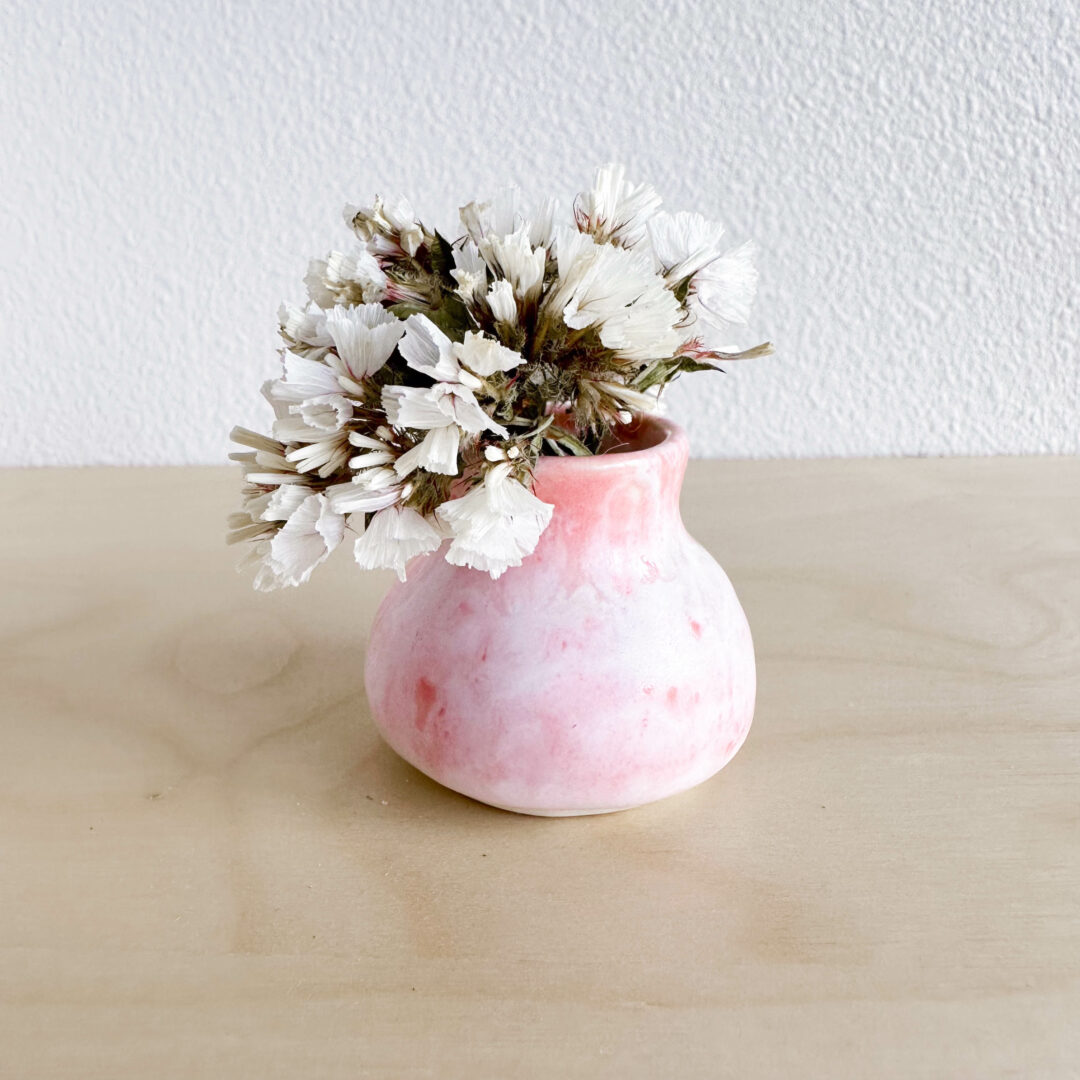
There is so much advice out there about all the different skills and qualities folks need to develop in order to succeed in today’s highly competitive environment and often it can feel overwhelming. So, if we had to break it down to just the three that matter most, which three skills or qualities would you focus on?
I still have so much further to go with my business. For those just starting out though, I would say it’s really important to learn what you can about branding, marketing, and customer service.
Something I wasn’t so great at and see in other young businesses is poor branding. You want to make sure that if people want to find/contact you, they can (on social media, your website/shop, etc.) Even today, it’s still great to have business cards, or at least a qr code where they can access this info. (Like if you have a booth at a market.) You also want to make finding/contacting you as effortless as possible. I highly recommend a link shortener. (Personally, I use the free version of Link Tree.) I’m able to put multiple links (to my social media, shops, blog, tip jar, etc.) all into one place. Aside from this, it’s very important to put your name on your work. This will allow people to purchase from you again. In the past, I’ve written my business name on the back of stickers/paintings/prints, sewn custom labels onto my work, stamped my logo into ceramics, etc. If you can’t do something like this, a removable tag or package with your logo is also a good option. The next time you buy something, think about how they’re giving you this information.
As soon as you decide to create your business, you need to develop your brand. This includes your business name, logo(s), color palette, fonts, aesthetic, core values/mission, brand voice, slogan, personality, brand positioning (what makes it unique), etc. All these aspects come together to define what your business is about so you can attract like-minded customers. There’s a lot to consider and it helps to analyze the brands you admire and why. If you’ve already created something, it’s never too late to rebrand for a fresh start. Once your business is doing well, I would highly recommend hiring a graphic designer to do your brand identity (logo, colors, fonts, etc.) Visually looking more professional can help you greatly. Some designers may even give you a slight discount depending on how small your business is.
Learning about marketing can be very tough. A lot of what is out there won’t be applicable for handmade businesses. Ultimately, what you want to do is learn about the psychology of your target customer. This applies to catching their attention on social media, drawing them to your shop, getting them to make a purchase, and more. The easiest place to start would be noting how other businesses sell things. These include monthly subscriptions, selling a set or a bulk quantity, offering add-ons, offering customizations for a higher price, etc. Other things you can note could be types of offers like “buy one, get one”, pre-order discount, volume discount (buy 3, get 1 free), free shipping, flash sales, coupons, etc. Not all of marketing is about getting a sale though. It can be as simple as sharing your work and getting your brand out there. Building brand trust is important and can eventually lead to sales.
Part of my day job is in customer service. I can tell you, it can be much trickier than you’d think, especially for a handmade business. It’s very important to set clear expectations in your shop’s policies. These can be good to fall back on, but providing exceptions can give you opportunities to “surprise and delight”. Many in the industry use this phrase, particularly in challenging situations. It’s not easy talking to someone who is very upset with you. The best thing you can do is to not get defensive or explain the situation. Take their word for what they are experiencing, always apologize (even if it was their fault), propose a solution (or a few for them to choose from), and think of a way to go above and beyond for them. The majority of customers are not trying to get free things or scam you. I try to put myself in my customer’s shoes and think of how their experience would make me feel. I highly recommend the book “Unreasonable Hospitality” by Will Guidara. This book defines what it means to surprise and delight.
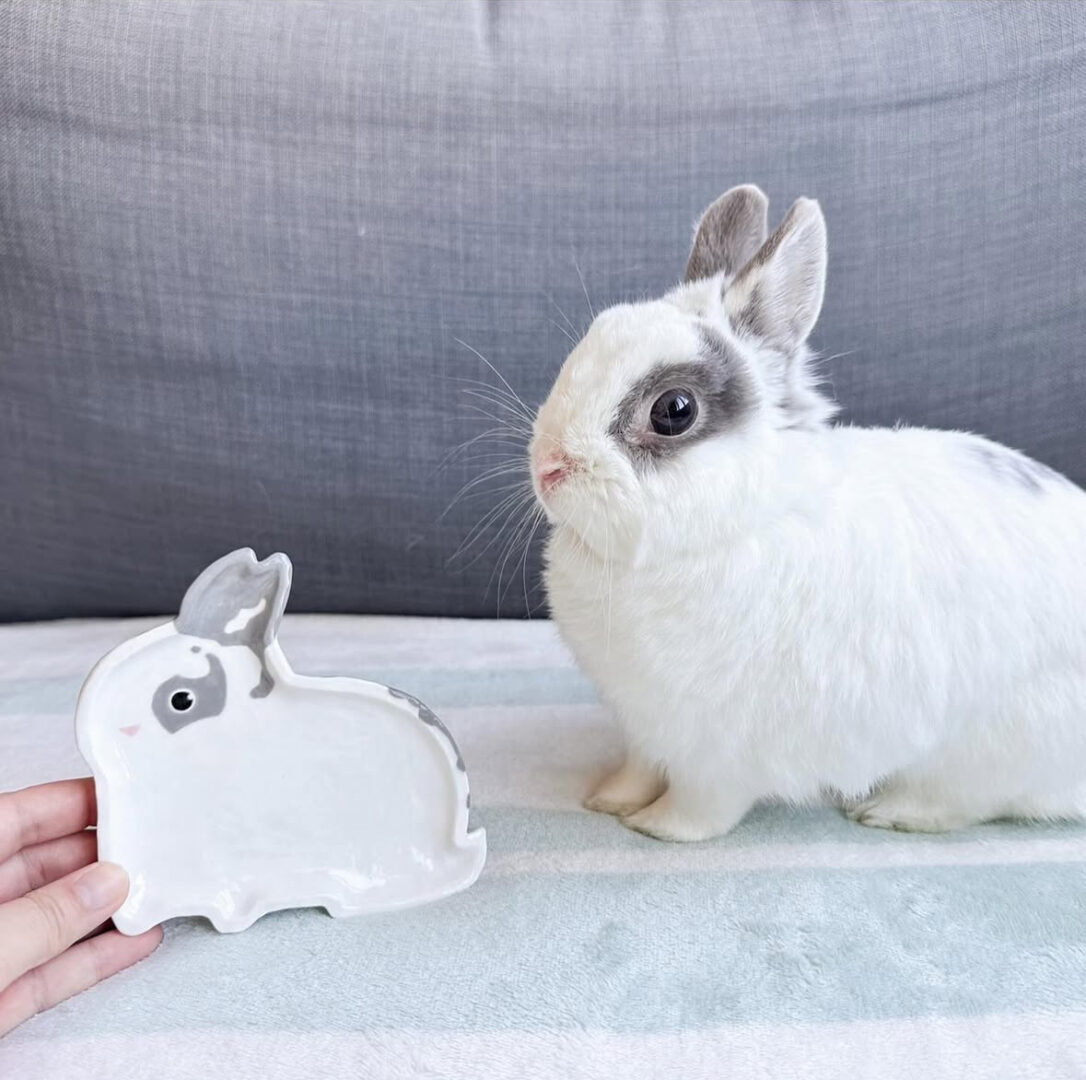
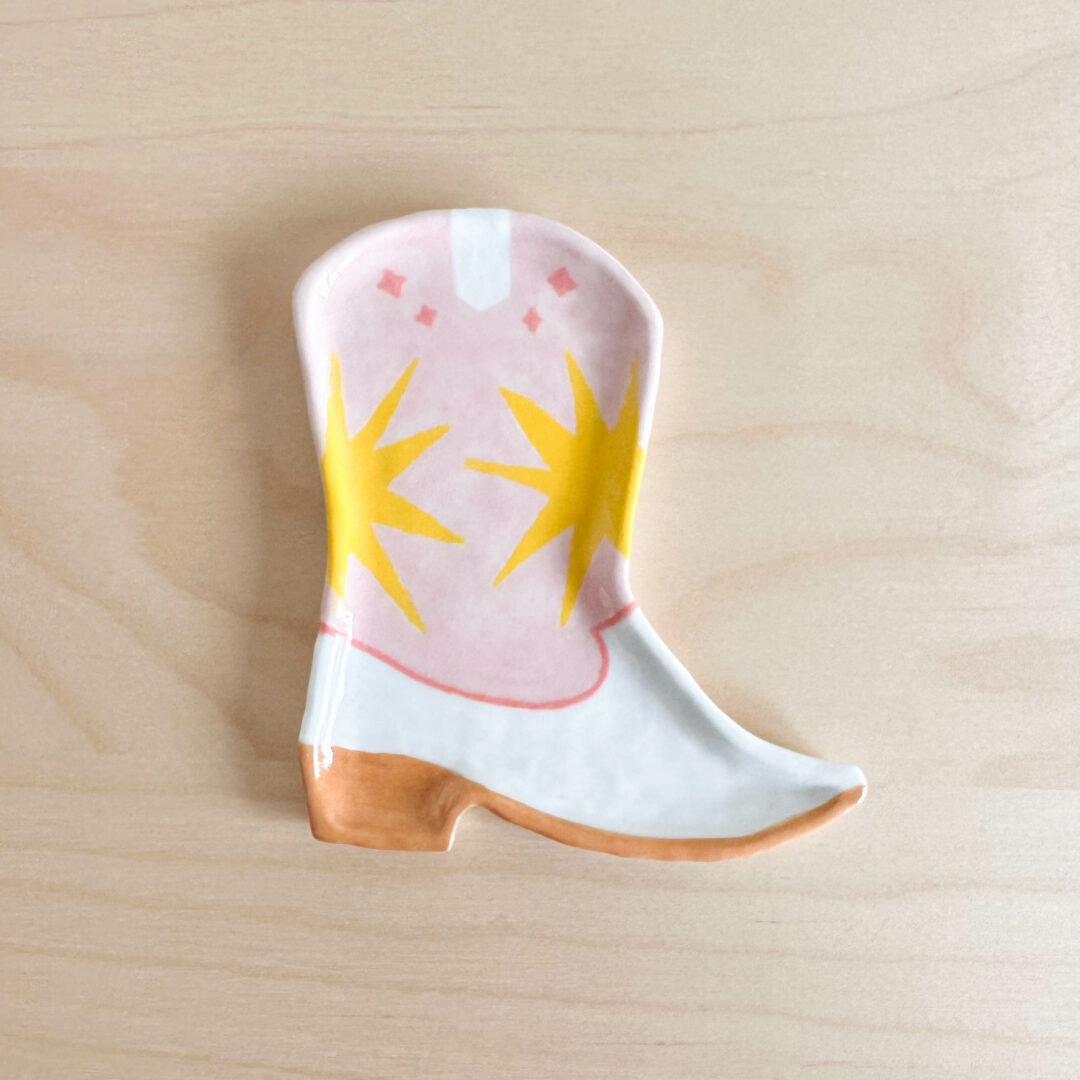
What is the number one obstacle or challenge you are currently facing and what are you doing to try to resolve or overcome this challenge?
Many say that you need to find your niche for your business. I used to make a variety of items by hand (which I absolutely loved doing), and hoped my overall brand and aesthetic would tie everything together. Similar to how you would walk into a shop; all the items are by different brands, but match a theme cohesively. I think when I would attend markets, my booth made sense in this way. I don’t think it made sense online though, which is where I got more traffic and sales. I ran my business like this for 7 years and it never got very far, and neither did my social media. I think it was just confusing to people; that I actually did make all those things.
It was a bittersweet moment when I turned away from making these things (which I also had a lot of pride for), and I decided it would be better to focus my business on ceramics. While they weren’t my best seller, I did sell quite a few of my first pieces. I’m very passionate in ceramics, and I new it was the best path forward if I wanted my business to grow and succeed in the long run.
I’m still having a hard time fitting my ceramic work into a niche. I’m very easily inspired to create different objects and experiment with decoration. I think it will take time for me to find my favorite things to make and ways of making them. (Although it’s important to have a focus, it’s still very important to experiment and grow as an artist.)
Since focusing on ceramics a little over a year ago, my Instagram following has risen faster than it ever had before. (I can’t get year-over-year stats, but I think it’s tripled!) My revenue in the past year (on Etsy alone) was better than my previous 3 years combined! In general, I feel like my business is doing as good as it has ever been. I’m so glad I took this step, and I can’t wait to see where my business is a year from now.
Contact Info:
- Website: https://www.etsy.com/shop/calieandco?ref=seller-platform-mcnav
- Instagram: https://www.instagram.com/calieandco/
- Youtube: https://www.youtube.com/channel/UCC5_L4kRvgeb7QN4sIi9Feg?view_as=subscriber
- Other: Art blog: https://jshiemke.wixsite.com/studiostyle
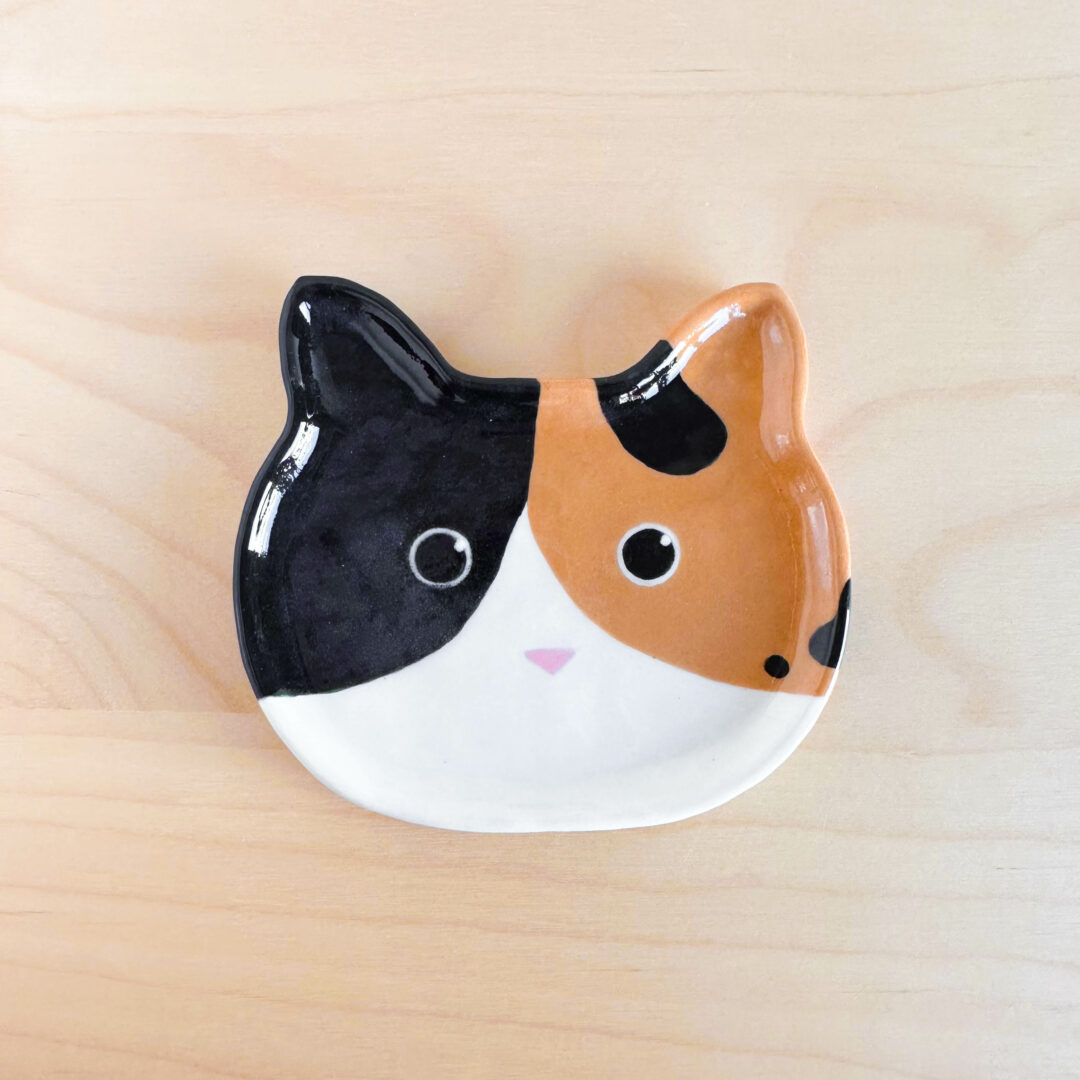
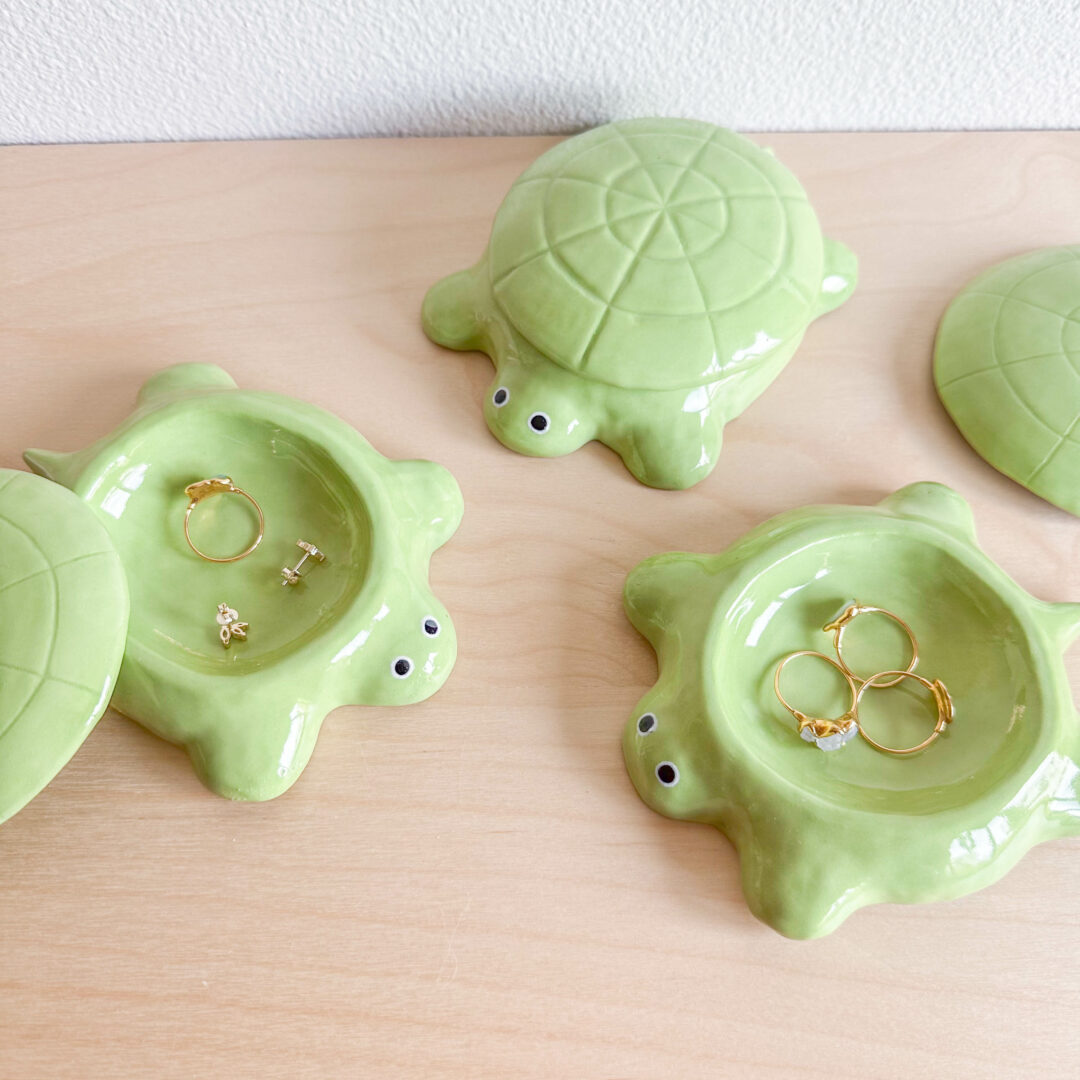
so if you or someone you know deserves recognition please let us know here.

